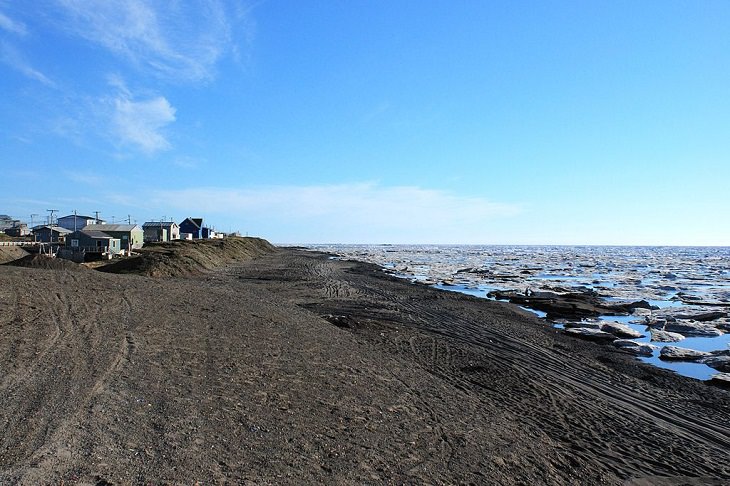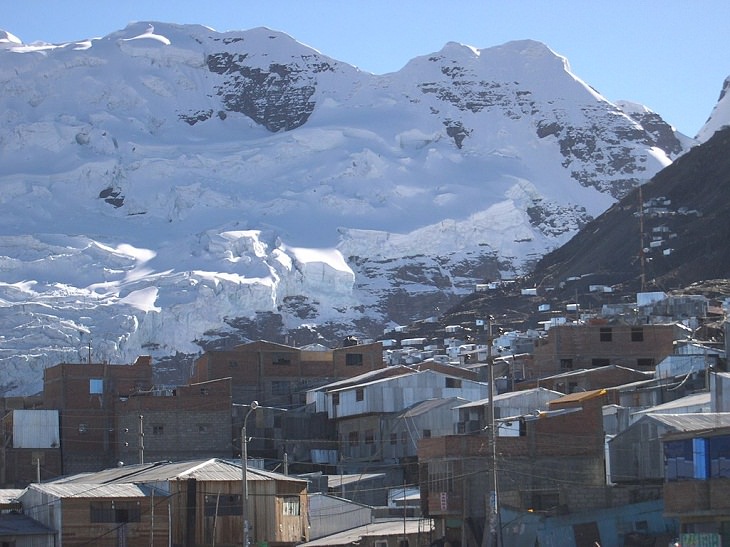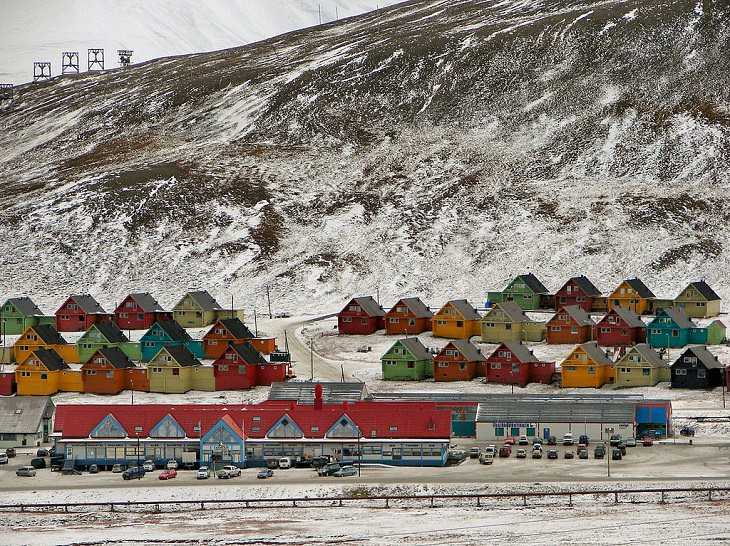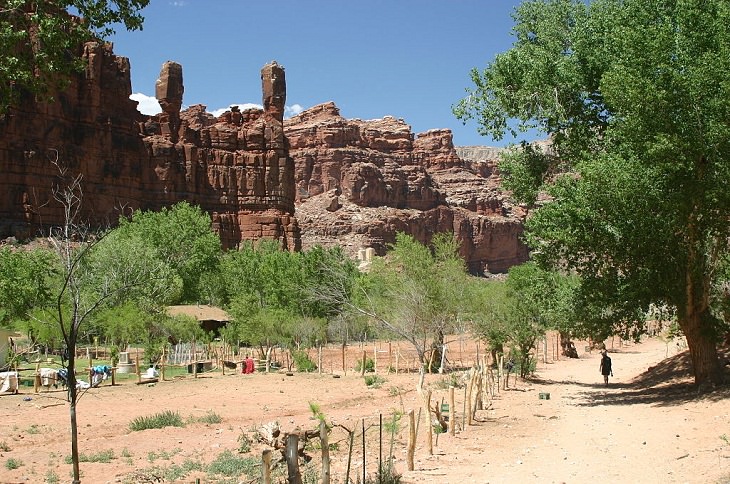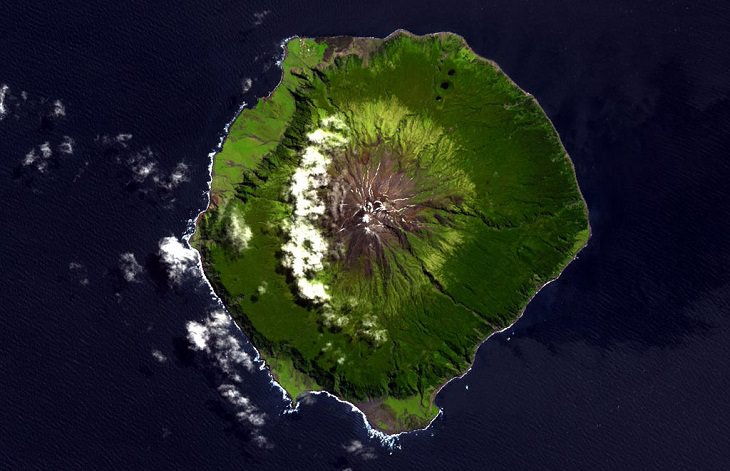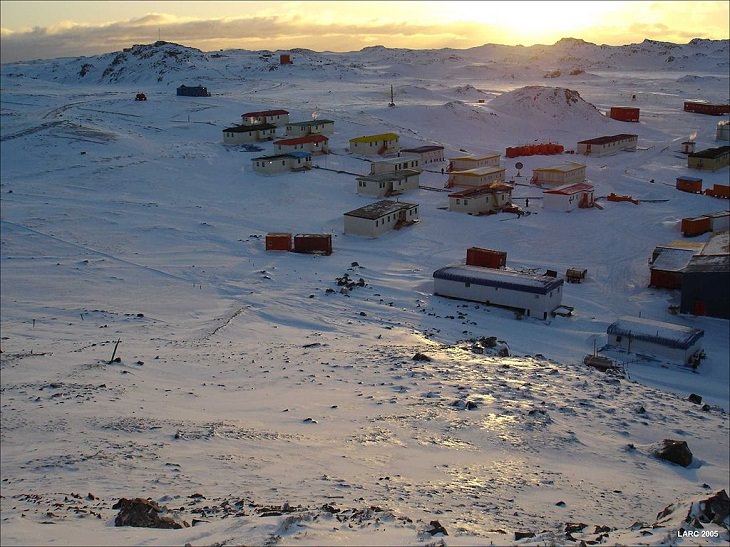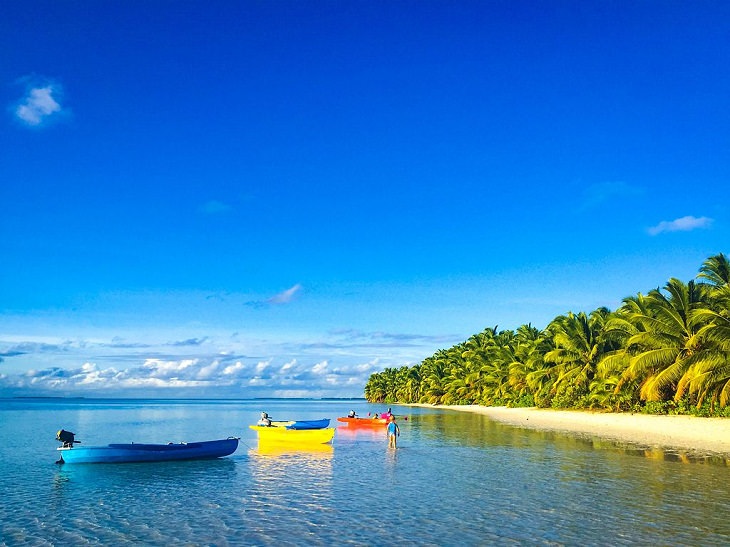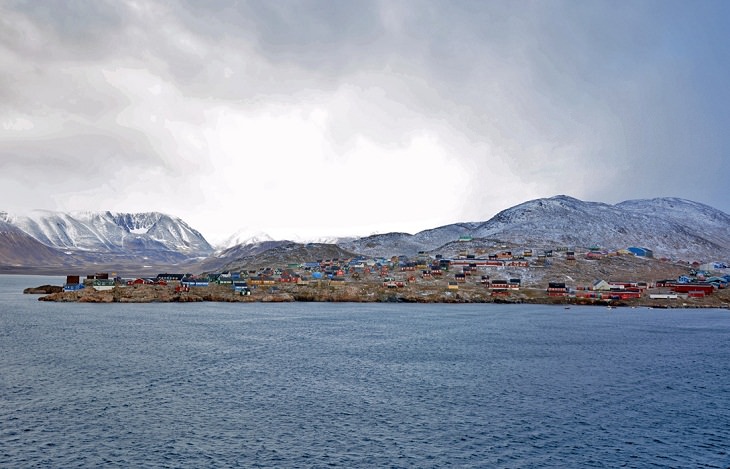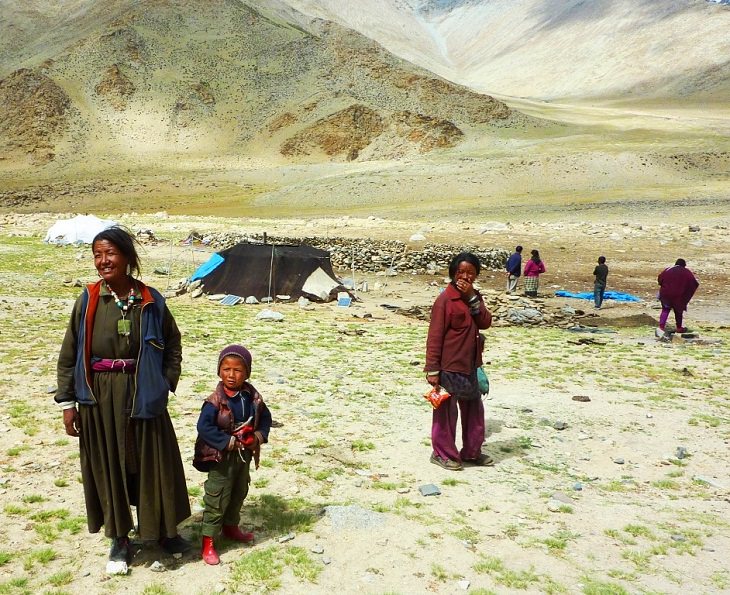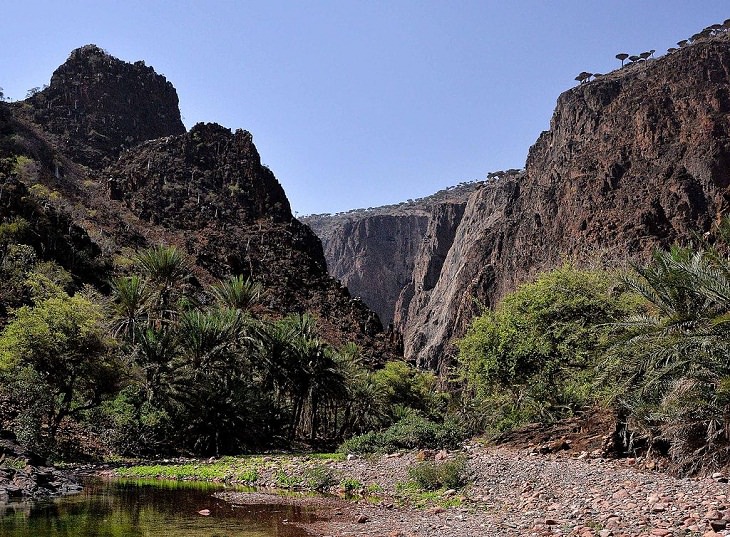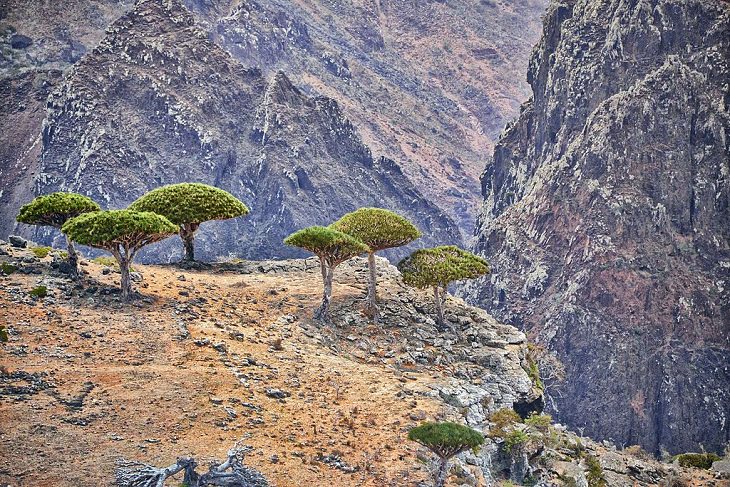Longyearbyen is the northernmost town in the whole world. Situated in Norway, the city was founded by an American named John Longyear who started the Arctic Coal Company there and established a mining operation for close to 500 people in 1906. Later on, the city came to be known as Longyearbyen, which means Longyear City in Norwegian.
There are several things that are unique to Longyearbyen. The sun sets here each year for the very last time on October 25th and doesn’t rise again for the next four months. On March 8 at 12:15 p.m, the city folk celebrate “Solfestuka” – a holiday to honor the first glimpse of the sun after four months. The temperature is so cold here that burying the dead is illegal. Because of the sub-zero temperatures, the dead bodies lying six feet under do not decompose naturally and can in fact be perfectly preserved, almost as if mummified. Today, Longyearbyen is considered the cultural and commercial center of the Svalbard Islands in Norway.
4. Supai, Arizona
When you are in Supai, Arizona, you are likely to feel as if you have been transported back in time. After all, the mail is delivered by mule in this town! The remote village is located in the southwestern branch of the Grand Canyon and is accessible only by helicopter or on horseback. Alternatively, you can also reach here by undertaking an eight-mile hike.
One of the hallmarks of Supai are the rare and unique year-round waterfalls that are an incredible spectacle to behold. This unknown little corner is home to the Havasupai Tribe that has been residing here since the 12th century and is known as the "People of the Green Blue Waters”. One can visit this remote place just to get a feel of the invigorating waterfalls and pools of Havasu Creek, a tributary of the Colorado River.
5.Tristan Da Cunha, Saint Helena
Located in the Southern Atlantic Ocean, Tristan da Cunha is widely regarded as the world's most remote island.
Staying here will be an unusual experience as it isn’t exactly your typical tourist destination. There are no hotels or restaurants on the island. It rains for more than 20 days a month here and there is a gigantic volcano right in the middle. What’s more, it has a population of just about 275 people. However, Tristan da Cunha is enticing in its beauty and charm.
Established in the early 19th century, the unusual and beautiful place is home to 70 farmer families and all of them live in the island's only settlement, Edinburgh of the Seven Seas. The only way you can reach the location is by boat.
6. Villa Las Estrellas, Antarctica
The name Villa Las Estrellas is Spanish for Star Town. It is a Chilean settlement located in Antarctica with only a bunch of homes dotting the landscape. However, it is replete with a gym, church, public school, and souvenir shop along with one banker as well as a post office. Interestingly, it is one of only two residential towns on the entire continent and has a population of just over 100 during the summer. During the winter, the number goes down further as the chilly winds begin to blow.
Despite its harsh landscape and isolated location, Villa Las Estrellas does have a healthy tourist season and offers a number of activities like snowmobile and ski expeditions. You can also catch a view of the remarkable South Pole creatures like Emperor penguins and Killer whales here.
7. Cocos (Keeling) Islands, Australia
Home to the Cocos Malay people, Cocos Islands is Australia's last unspoiled paradise. Situated 1,708 miles (2,750 km) northwest of Perth, Western Australia, the island has a population of about just 600 or thereabouts. Its isolation has helped the local people keep their rich traditions, culture, and customs alive.
There’s a lot to do on this small but beautiful island. You can indulge yourself in kitesurfing, snorkeling, surfing, and bird watching or you can go to the pristine beaches that are mostly empty, giving you the perfect opportunity to unwind and admire the beautiful birdlife. Interestingly, only two of the 27 islands here are inhabited. The rest offer great opportunities for explorers.
8. Ittoqqortoormiit, Greenland
The town of Ittoqqortoormiit is the most remote inhabited community in the western hemisphere. It is Greenland’s smallest town with a population of approximately 450 people. Formerly known as Scoresbysund, Ittoqqortoormiit was founded in 1925 by settlers from Tasiilaq and West Greenland. It is located at the edge of Northeast Greenland National Park and gives you a chance to witness some delightful wildlife - narwhals, walruses, seals, and polar bears being the prominent ones. You can also visit the place to see the Northern Lights in action and other magnificent natural wonders. Spending time with locals, whose favorite pastime is dog sledding and camping, is a great option too.
The numerous wooden buildings, painted in shades of bright blues, reds, yellows, and greens have now become a part of Ittoqqortoormiit’s unique identity.
9. Changtang, Tibet
They call it 'The Roof of the World' for good reason. After all, Changtang’s altitudes ranges from 4,000 to 9,000 feet (1,200 to 2,700 meters). This giant, high-altitude plateau is situated in the west of the Tibetan Plateau and is as high as 4 miles (6.4 km) above sea level.
Because of the high elevation, the climate in Changtang is extremely cold and arid. Moreover, there is no phone, internet or GPS to be found. But if you do manage to reach the place you will be rewarded with some breathtaking wildlife wonders like chiru (Tibetan antelope), snow leopards, kiang (wild ass), brown bears, black-necked cranes, and wild yaks. You will also encounter the Changpa nomads who will tell you a thing or two about wool-bearing. Do note, though, that you need a permit to enter Changtang and it can be expensive.
10.Socotra Island, Yemen
Socotra Island in Yemen is the most alien-looking place on Earth, primarily because of its weird-looking Dragon's Blood Tree. The landscape here is so bizarre yet captivating you would be led to believe that you are in the set of some sci-fi film.
Located on Yemen’s Gulf of Aden, Socotra Island is part of an archipelago in the Indian Ocean. It is so isolated that as much as a third of its plant life is found nowhere else in the world. The island consists of over 800 rare species of plants, with some varieties that are a staggering 20 million years old.
The environment on Socotra is extremely harsh, hot and dry and the place is filled with wide sandy beaches, limestone caves, and lofty mountains. Also, there are almost no functional roads on the island but it still has 40,000 inhabitants and has been listed as a UNESCO World Heritage Site.

